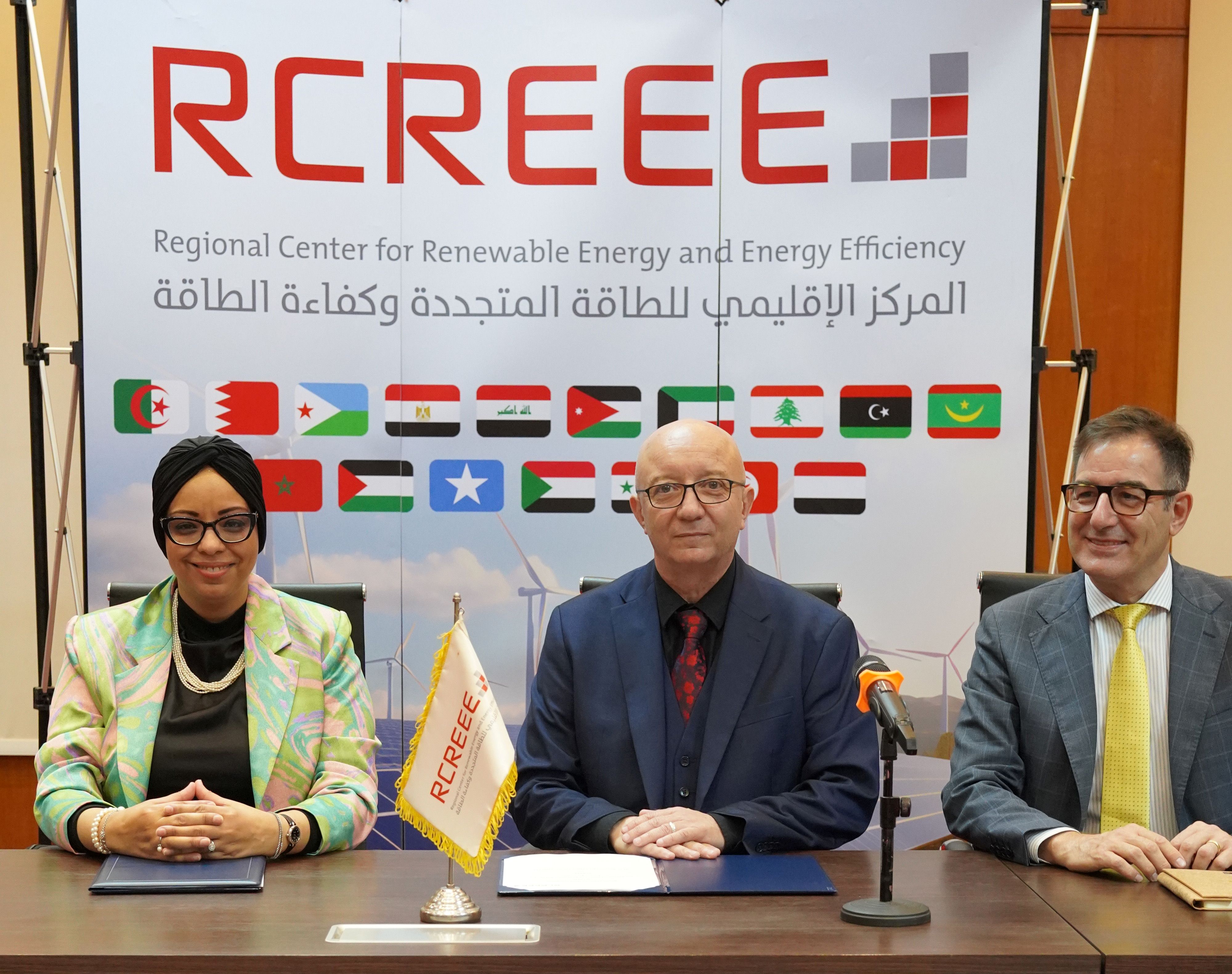
Active Turbine Management Program (ATMP)
Wind energy generation plays an important role in the reduction of GHG emissions. However, wind energy developments require substantial infrastructure to be placed across a landscape and where these turbines are inappropriately placed or operated without supervision, they may have a negative effect on birds. To mitigate environmental and biodiversity risks while harnessing the benefits of wind energy potential in Egypt, RCREEE initiated the ATMP in 2015 to determine the optimum wind turbines operations periods during the heavy bird migratory seasons. The project is launched in Egypt as the Gulf of Suez falls into one of the heaviest bird migration routes of autumn and spring seasons (Rift Valley / Red Sea flyway )
The program is divided into 3 main sub-programs; the Bird Monitoring Program, the Shutdown on Demand Program and the Fatality Monitoring Program that are pertinent for all Wind Power Plant Private Investments in the Gulf of Suez region.
ATMP offers great benefits to investors and developers interested in the Gulf of Suez Area. By developing Site Environmental and Social Impact Assessment (ESIA), ATMP enhances projects’ bankability and environmental sustainability. It allows the developers to adhere to the principle of “environmental protection with higher energy production.” Finally, applying ATMP program can decrease 2% of wind farms lost energy production due to Bird Migration Shutdown.
Today, ATMP manages 2012.5 MW cumulative capacity of wind power plants in Gulf of Suez, Egypt. RCREEE has succeeded in signing cost-sharing agreements with 14 international wind developers for financing the environmental studies in GoS. Besides, during the 20 years, the ATMP will be updated and designed based on prosperous zoning and mapping of the spatial-temporal bird migration route
The project was launched based on a protocol signed between the Egyptian Environmental Affairs Agency (EEAA), New and Renewable Energy Authority (NREA), Egyptian Electricity Transmission Company (EETC), and the Regional Center for Renewable Energy and Energy Efficiency (RCREEE).
Main outcomes:
- RGWE 262.5 MW Ras Ghareb Wind Energy Farm is employing the shutdown on-demand program, the bird monitoring program, and the fatality monitoring program on-site in order to optimize energy yield but also mitigate bird mortality.
- Analysis of the potential correlation between species-specific migratory bird flight movements and weather factors for Lekela’s 250 MW wind power farm at the Gulf of Suez
- Lekela’s 250 MW West Bakr Wind Energy Farm optimized bird fatality monitoring program along with both the 220 kV and 500 kV overhead transmission powerlines
- AMEA Power and Siemens NIAT 500 MW wind farms in the Gulf of Suez undergoing bird monitoring programs highlighting the importance of the region on wind energy development while also adhering to environmental measures and compliances
- Conducting a number of capacity building programs (Environmental and Strategic Impact Assessment focusing), specifically for the RSWE 500 MW Gulf of Suez wind farm focusing upon bird monitoring
- Up-scaled skills and job standards of Egyptian professionals working in the field

